
Forklift Brakes - A brake drum is where the friction is provided by the brake shoes or brake pads. The pads or shoes press up against the rotating brake drum. There are some different brake drums kinds with certain specific differences. A "break drum" would generally refer to when either pads or shoes press onto the inner surface of the drum. A "clasp brake" is the term utilized so as to describe when shoes press next to the exterior of the drum. One more type of brake, called a "band brake" uses a flexible band or belt to wrap around the exterior of the drum. Whenever the drum is pinched in between two shoes, it can be called a "pinch brake drum." Similar to a typical disc brake, these kinds of brakes are somewhat uncommon.
Prior to 1955, old brake drums required consistent adjustment regularly so as to compensate for shoe and drum wear. Long brake pedal or "Low pedal" travel is the hazardous end result if adjustments are not executed sufficiently. The motor vehicle can become dangerous and the brakes could become useless whenever low pedal is mixed along with brake fade.
There are several different Self-Adjusting systems used for braking offered nowadays. They could be classed into two separate categories, the RAI and RAD. RAI systems are built in systems which help the device recover from overheating. The most popular RAI makers are Bosch, AP, Bendix and Lucas. The most well-known RAD systems consist of Bendix, Ford recovery systems, Volkswagen, VAG and AP.
Self adjusting brakes usually utilize a mechanism that engages just whenever the vehicle is being stopped from reverse motion. This stopping method is acceptable for use where all wheels use brake drums. Most vehicles nowadays utilize disc brakes on the front wheels. By operating only in reverse it is less likely that the brakes will be applied while hot and the brake drums are expanded. If adapted while hot, "dragging brakes" can take place, which increases fuel consumption and accelerates wear. A ratchet tool that becomes engaged as the hand brake is set is one more way the self repositioning brakes could operate. This means is just appropriate in applications where rear brake drums are used. Whenever the emergency or parking brake actuator lever exceeds a specific amount of travel, the ratchet developments an adjuster screw and the brake shoes move in the direction of the drum.
Placed at the base of the drum sits the manual adjustment knob. It can be tweaked using the hole on the opposite side of the wheel. You will have to go underneath the vehicle with a flathead screwdriver. It is very vital to adjust each wheel evenly and to move the click wheel correctly because an unequal adjustment could pull the vehicle one side during heavy braking. The most effective method to be able to make sure this tedious job is accomplished safely is to either raise each wheel off the ground and spin it manually while measuring how much force it takes and feeling if the shoes are dragging, or give every\each and every one the exact amount of manual clicks and then perform a road test.
![]() Click to Download the pdf
Click to Download the pdf
Forklift Parts
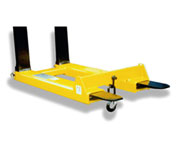
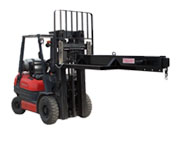
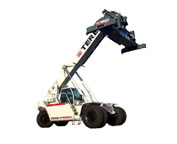
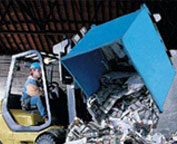
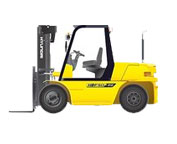
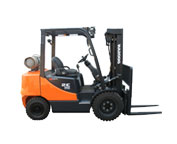
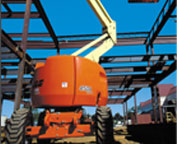
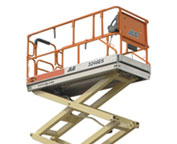
Lift Parts Express
TOLL FREE: 1-888-695-7994
Penticton, British Columbia
forkliftpartspenticton.ca
Email Us
About Us



